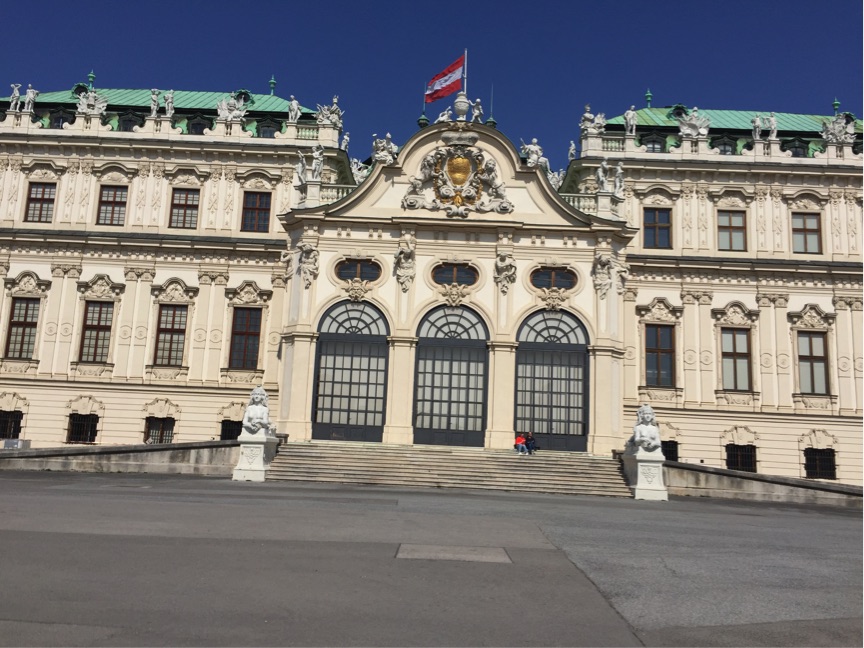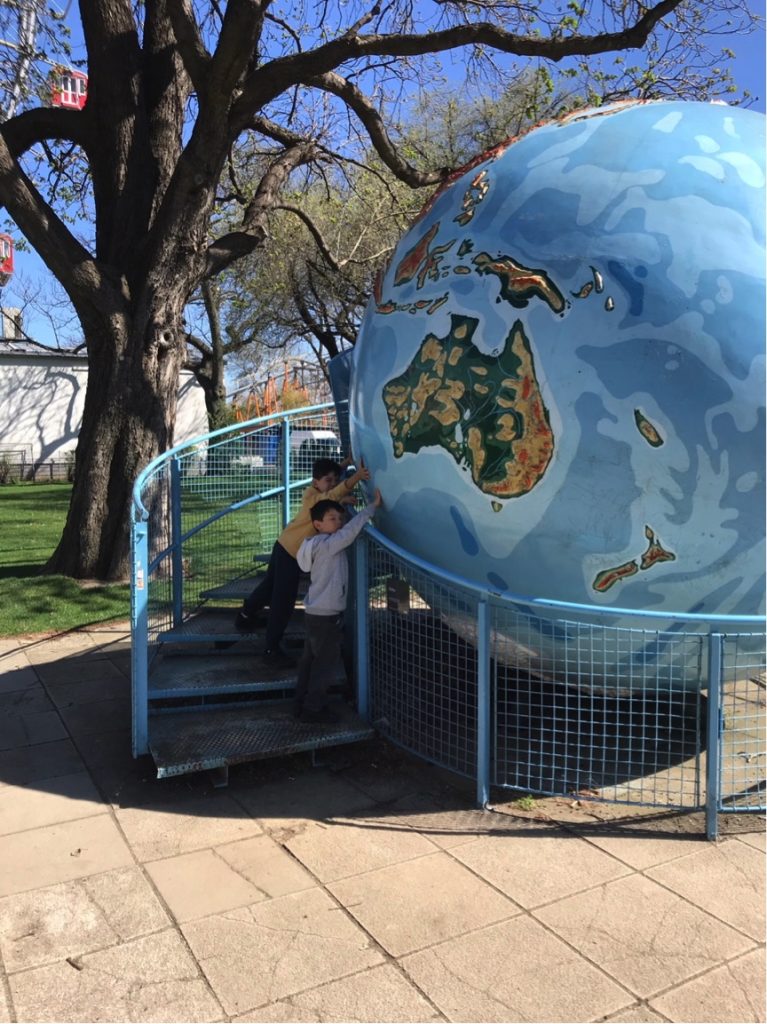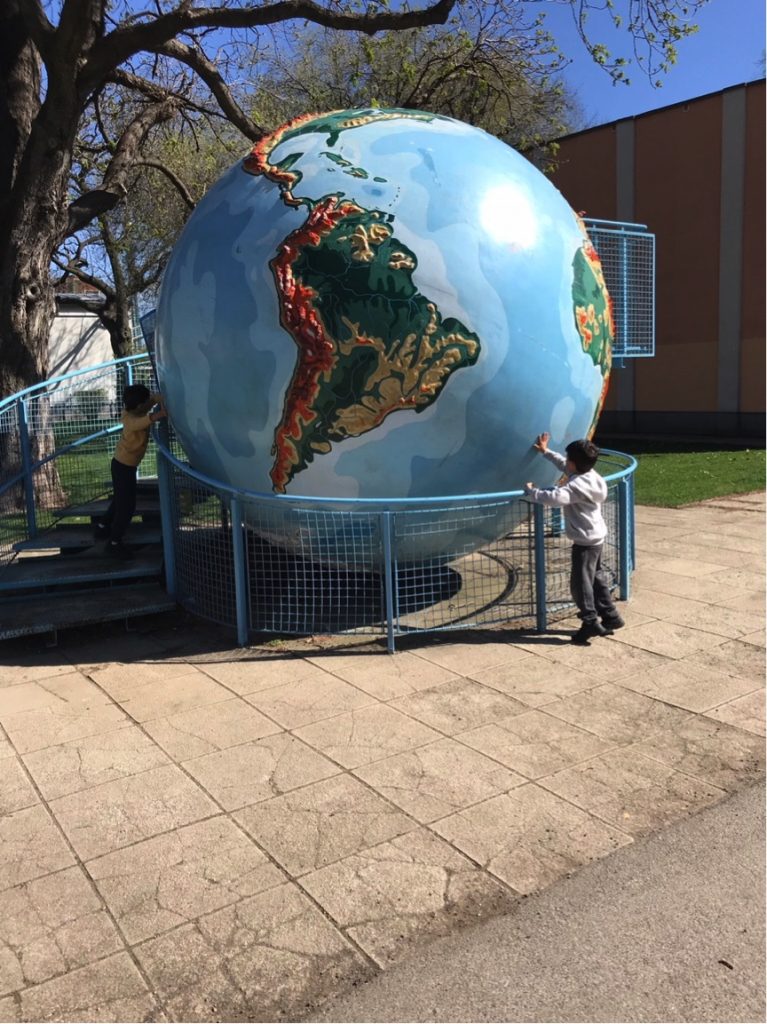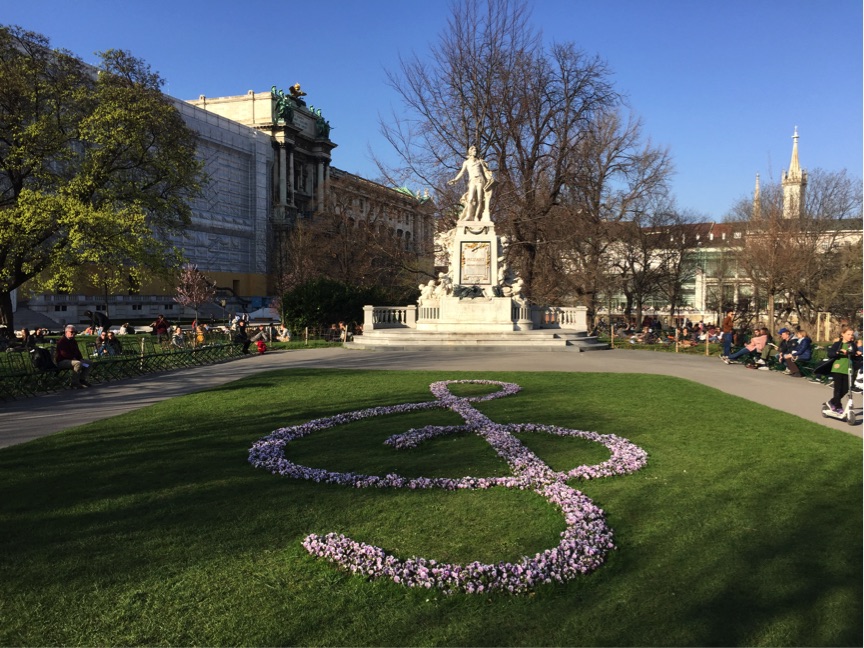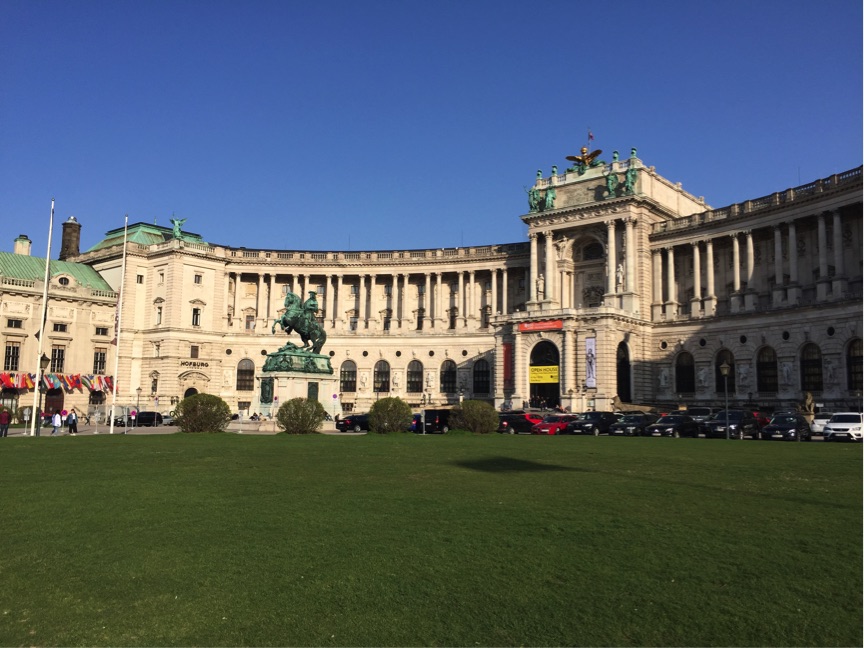by Andréa S. Taschetto and Alejandro di Luca
EGU is the largest conference in geosciences in Europe. This year the conference received more than 15,000 participants from 106 countries with over 4,000 talks and more than 11,000 posters during the week of April 8-13, 2018, in Vienna, Austria.
There are pros and cons about attending massive conferences like EGU. With such a large number of presentations, you are guaranteed to find a talk/poster of interest in your area. You are almost certain to meet a colleague that you haven’t seen for ages or meet someone who works with someone that you know. There are lots of opportunities to expand your circle of collaborations. It is also the ideal conference to explore new lines of research and temporarily jump out of your “research” comfort zone.
However, attending conferences of this size can sometimes be tiring and inefficient if not planned well. You can easily get lost in the massive convention centre and by the time you find the session you want to go to, your preferred speaker or talk is already gone. So, to get the most of the conference, make sure you study the venue and plan your day and week well before the trip, i.e. the talks you want to see, researchers you want to meet, posters you want to visit, etc. Even if you plan ahead, make sure to arrive in the session with plenty time to find a seat. Both talks by Axel Timmerman on tropical variability and exodus of Homo sapiens into Asia were absolutely packed, with people queuing outside the room. A good strategy for conferences that size is to try to schedule meetings with your collaborators beforehand.
Poster presentations are a major part of the conference and presenters at all levels attend the poster sessions, from undergraduate students to senior professors. It’s a great opportunity for students to receive feedback on their PhD research, researchers advertising a publication or looking for new collaborations, etc. We particularly like poster sessions at EGU because they are very informal, give you more time to explain your research than a 12min talk, plus you can do that all while enjoying a glass of wine or beer (yep, refreshments are offered during poster sessions, although many would agree that the amount wasn’t enough).
An alternative to poster presentation, that seems to be working well in the past few years, is the PICO session. PICO is a mix of poster and oral presentation, where speakers give an overview of their work in a 2-minute talk and then have enough time for discussions in front of an interactive screen display.
There were lots of highlight talks in the EGU this year and we will not attempt to name all because we will certainly be unfair with some and because you can find more details online. We just leave here our congratulations to Jan Zika from the School of Mathematics, UNSW, who was awarded a 2018 European Geosciences Union (EGU) Outstanding Early Career Scientist Award.
And don’t miss the end-of-conference party on Friday night! The party is reserved for conveners (plus one person for each convener) so you will need to make friends with one if you are not. This year it was great with lots of good food, an open bar, several live bands and even a night club.
Finally, EGU is also an appealing conference because of its location: Vienna is absolutely amazing!
This year the weather was beautiful, springtime, blue sky, mild temperatures. The city is charming and easy to visit thanks to a great subway network; has lots of history, imperial architecture, wonderful museums and the wine festival was on. It is definitely worth going to EGU.
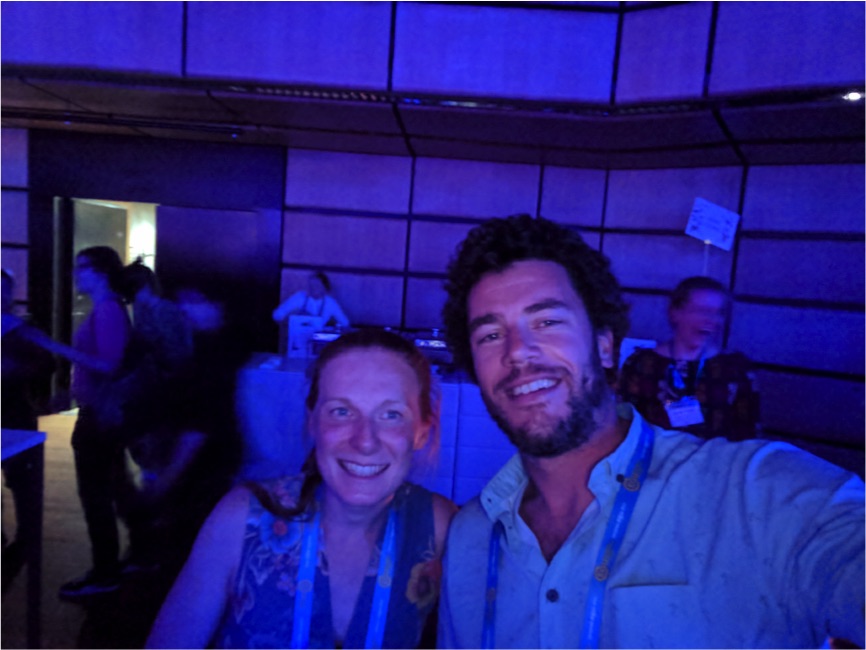
Alejandro and Zoe at the EGU celebration
